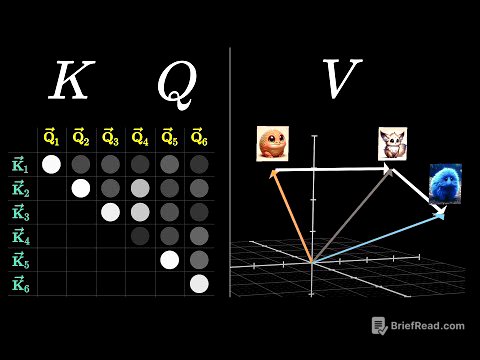TLDR;
The video talks about India's economic growth, particularly crossing the $4 trillion GDP mark, but cautions against celebrating prematurely due to the risk of falling into the middle-income trap, similar to Malaysia, Brazil, and South Africa. It highlights the disparity within India, with a section thriving while a large population still struggles with basic necessities. The video suggests learning from South Korea's economic miracle, which involved strategic investments, innovation, and climbing the value chain. It emphasizes the need for India to focus on education, R&D, and manufacturing to avoid stagnation and achieve inclusive growth.
- India's $4 trillion GDP milestone masks underlying economic disparities and the risk of the middle-income trap.
- Malaysia's reliance on cheap labor led to economic stagnation when wages increased.
- South Korea's success stemmed from a generational vision focused on manufacturing, education, and innovation.
- India needs to address its education gap, increase R&D spending, and boost manufacturing to avoid the middle-income trap.
- The "Three I" framework—Investment, Infusion, and Innovation—is proposed as a roadmap for sustainable economic growth.
India's $4 Trillion GDP: A Cause for Celebration or Concern? [0:19]
India has reached a $4 trillion GDP, making it the world's fourth-largest economy. While this seems like a big achievement, the video warns against getting too excited. India's economic situation is not comparable to countries like Japan or the UK. There's a risk of falling into the "middle-income trap," a situation where a country's growth stalls. The World Bank has pointed out this trap, and countries like Malaysia, Brazil, and South Africa have already experienced it. The video highlights the stark contrast within India, where some are prospering while many struggle with poverty and lack of basic amenities.
The Malaysian Miracle and the Middle-Income Trap [4:34]
In the 1960s, Malaysia was a poor country with high poverty and illiteracy rates. The government invested heavily in infrastructure, education, and ease of doing business. This led to rapid economic growth, with average incomes increasing significantly. However, Malaysia's growth was primarily based on cheap labor. When wages rose, companies moved to cheaper countries. The education system didn't focus on innovation, resulting in a lack of high-skilled jobs. This led to unemployment among graduates and economic stagnation. By 2023, a significant percentage of Malaysian graduates were underemployed, doing jobs that didn't match their qualifications.
South Korea: An Economic Miracle Built on Generations of Progress [11:08]
In the 1960s, South Korea was one of the poorest countries in the world, even poorer than Malaysia. They had a generational vision: the first generation would work hard, the second would study, and the third would invent. The first generation worked in factories, generating exports and bringing in foreign money. The second generation focused on STEM education, producing world-class engineers and scientists. This allowed South Korea to design and improve products, rather than just assembling them. Companies like Samsung went from assembling TVs to designing their own screens and leading the global display industry. The third generation became innovators, starting businesses and launching global brands. This three-generation progress transformed South Korea into a global economic power with a high per capita GDP.
India's Crossroads: Avoiding the Middle-Income Trap [17:27]
India's economic story is complex, with three different "countries" within it. The top 10% live like Germans, the middle class lives like Bangladeshis, and the bottom billion live like people in sub-Saharan Africa. India is relying on cheap labor and exports from the bottom billion, similar to Malaysia. However, wages alone won't build a rich country. India faces an education trap, with many graduates lacking the necessary skills for the job market. There's also an innovation deficit, with low spending on R&D compared to other countries. Manufacturing's share of GDP has barely moved, hindering productivity.
The Three I Framework: A Roadmap for India's Economic Future [23:18]
To avoid the middle-income trap, India needs to follow the "Three I" framework: Investment, Infusion, and Innovation. First, attract investment by improving infrastructure, reforming land rights, and investing in primary education. Second, climb the value chain by importing technology, reverse engineering products, and building domestic capacity. Third, foster innovation by heavily funding R&D and training engineers, scientists, and managers. While India has a few innovating giants, innovation needs to be systemic, not an exception. South Korea's success came from prioritizing R&D and higher education. The video urges viewers to push for real change and for politicians to focus on fixing reality to enable India to become an economic miracle.









